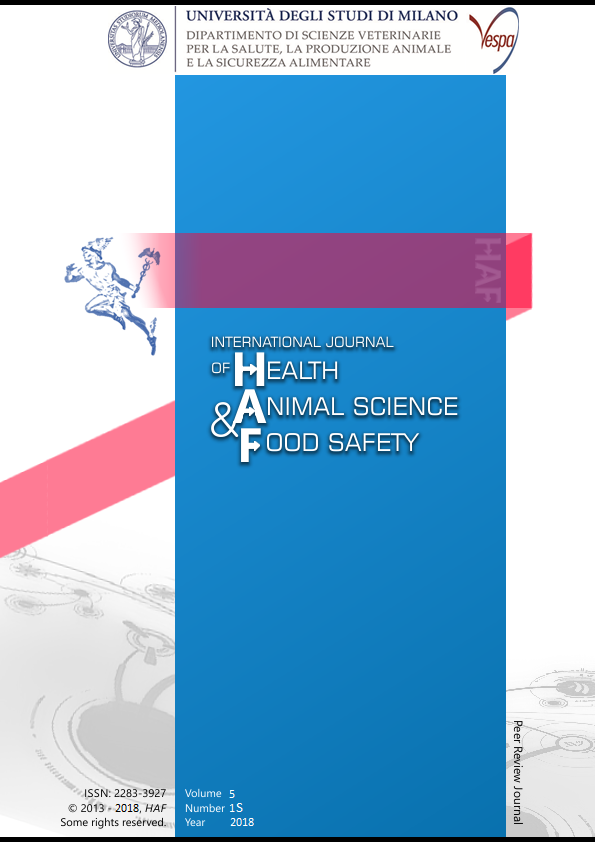Abstract
Copy Number Variations (CNVs) have become promising markers, representing a major source of genomic variation. CNV involvement in phenotypic expression and in different diseases onset have been widely demonstrated in humans as well as in many domestic animals. However, this genomic investigation is still missing in Felis catus. This work is the first CNV mapping from a large data set of Whole Genome Sequencing (WGS) data in the domestic cat. A total of 42 cats of 14 different breeds were sequenced on the Illumina XTen (Washington University-St. Louis) which generated approximately 30-fold genome coverage from 150 paired-end reads (99 Lives Initiative). Maverix Biomics mapped the reads on the v6.2 reference assembly. CNV detection was performed using cn.mops and CNVnator, two Read Depth method software. One cat was excluded as outlier while, on the 41 remaining individuals, 1640 CNVs were detected by both the software and used to obtain 2891 CNVRs with BedTools. CNVRs covered the 0.4% of the total cat genome, with 136 loss, 127 gain and 26 complex detected (Fig. 1). A total of 164 singletons were identified and 9 CNVRs mapped in at least the 50% of the individuals. The number of CNVs in each cat ranged from 12 to 83. The clustering analysis of the detected CNVs was performed with R package “pvclust” and shows that same breed individuals cluster together. This study has led to the genetic characterization of 14 main cat breeds. Further analyses including other breeds and considering the genes located within these regions, could led to better evaluate the relationship between the presence of a specific CNV and a specific breed trait. This study can be considered a starting point for genomic CNV identification in the domestic cat, which could be further developed using the new released Felis catus vs9.0 reference aassembly.
Riferimenti bibliografici
Henrichsen, C.N., Chaignat, E., Reymond, A., 2009. Copy number variants, diseases and gene expression. Hum Mol Genet. 18(R1): R1-8.
Clop, A., Vidal, O., Amills, M., 2012. Copy number variation in the genomes of domestic animals. Anim Genet. 43(5): 503-17.
Klambauer, G., Schwarzbauer, K., Mayr, A., Clevert, D.A., Mitterecker, A., Bodenhofer, U., Hochreiter, S., 2012. Cn.MOPS: mixture of Poissons for discovering copy number variations in next-generation sequencing data with a low false discovery rate. Nucleic Acid Res. 40(9): e69.
Abyzov, A., Urban, A.E., Snyder, M., Gerstein, M., 2011. CNVnator: an approach to discover, genotype, and characterize typical and atypical CNVs from family and population genome sequencing. Genome Res. 21(6): 974-84.
Suzuki, R., Shimodaira, H., 2006. Pvclust: an R package for assessing the uncertainty in hierarchical clustering. Bioinformatics. 22(12): 1540-2.
This work is licensed under a CC BY-SA 4.0 international

